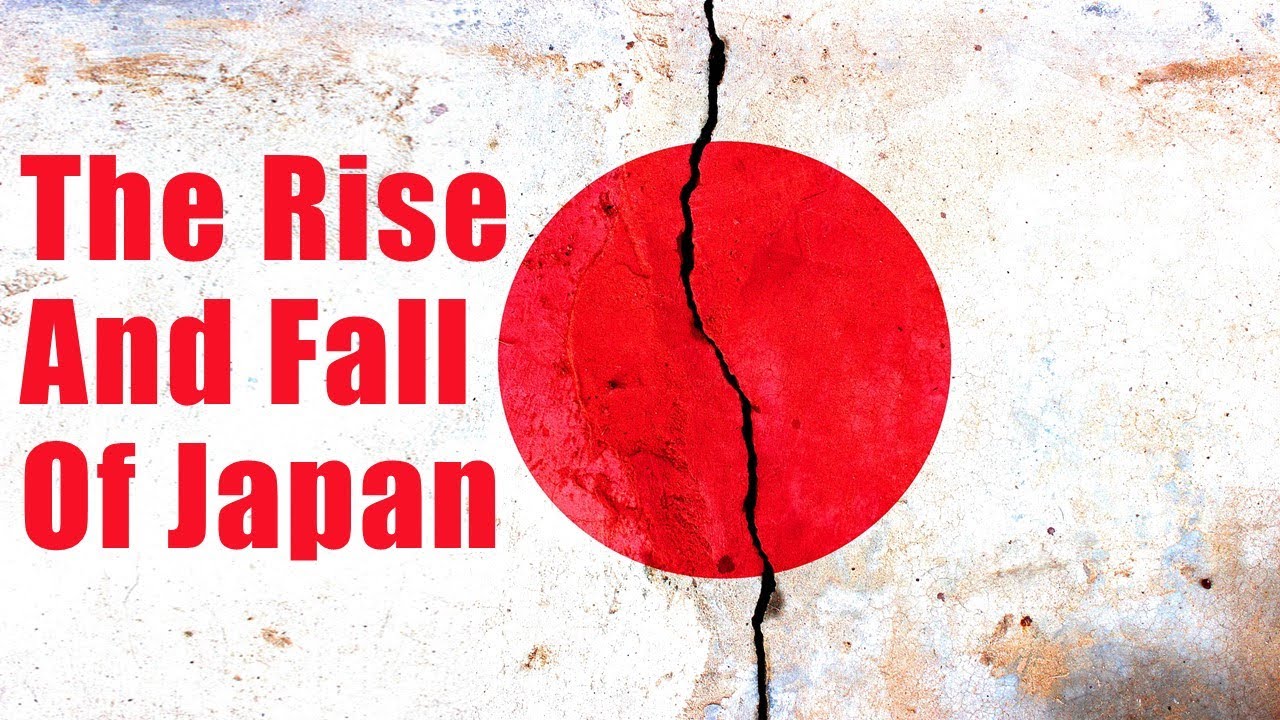Can China’s Stimulus Shift Its Economy?
Summary
TLDRIn a recent discussion, Laura Wang and Robin Shing from Morgan Stanley analyzed China's current economic challenges, highlighting the '3Ds': deflation, debt, and demographics. They detailed the People's Bank of China's (PBOC) unexpected stimulus measures, including interest rate cuts and substantial funding programs aimed at boosting market confidence. The conversation emphasized the urgency behind the government's commitment to public spending and addressing the housing market decline. Despite a positive market response, the experts indicated that while recovery efforts are underway, significant challenges remain, necessitating close monitoring of economic indicators and future policy measures.
Takeaways
- 📈 China's economy is currently facing a triple macro challenge: debt, deflation, and demographics, known as the 3Ds.
- 🏦 The People's Bank of China (PBOC) has introduced a stimulus package, including interest rate cuts and a reserve requirement ratio reduction to support economic growth.
- 💰 The PBOC has launched significant programs to help stabilize the stock market, including a 500 billion yuan fund for stock purchases and a 300 billion yuan program for corporate buybacks.
- 📊 A surprising meeting of the Party Bureau focused on economic issues, indicating a shift in urgency regarding policy response to economic challenges.
- 🏠 The government is committed to reversing the decline in the housing market, which has been struggling since 2021.
- 📉 Although current measures are substantial, experts believe that China may need to invest 1-1.5 trillion dollars over the next two years to fully address its economic issues.
- 🔍 Future monitoring will focus on a supplementary budget aimed at increasing consumer spending and supporting local government debt.
- 📈 Initial market reactions have been positive, with significant rises in the Shanghai Composite and Hang Seng indices following the PBOC's announcements.
- 🌍 The rally reflects improved market sentiment, suggesting a willingness for capital investment if government measures are timely and effective.
- 💡 Investment opportunities are expected to arise particularly in sectors related to private consumption, benefitting from low valuations and high liquidity.
Q & A
What are the '3Ds' that China is currently grappling with?
-The '3Ds' refer to deflation, debt, and demographics, which represent significant macroeconomic challenges for China.
What recent actions did the People's Bank of China (PBOC) take to address economic struggles?
-The PBOC cut interest rates and introduced new tools to support the stock market, including a 50 basis point cut in the reserve requirement ratio, allowing banks to lend more.
What was notable about the PBOC's forward guidance?
-For the first time, the PBOC signaled that more interest rate cuts could come by the end of the year, indicating a more proactive stance in economic management.
How did the Party Bureau's recent meeting differ from previous years?
-Typically, the Party Bureau does not focus on economic issues in September, but this year they emphasized urgent government spending and interventions, especially in the housing market.
What are the expected next steps for China’s policy makers?
-Policy makers are expected to announce a supplementary budget of 1 to 2 trillion yuan to boost consumer spending and manage local government debt at the upcoming MPC meeting in late October.
What impact did the PBOC's announcements have on stock markets?
-Following the PBOC announcements, the Shanghai Composite Index and the Hang Seng Index rose by more than 21% within a week, showcasing a strong market response.
Which sectors are likely to benefit from China's new policies?
-Sectors with exposure to reflation, particularly private consumption, are expected to benefit due to low valuations, large market capitalization, and high liquidity.
What are the expectations for China’s economic growth in the coming quarters?
-The economy is projected to grow slightly faster, potentially reaching around 5% quarter-on-quarter growth, compared to the recent 3%.
What could prompt the Chinese government to act more aggressively in stimulating the economy?
-If social unrest rises or if social dynamics indicators, which track public sentiment regarding jobs and income, show a significant decline, the government may increase stimulus measures.
What are the anticipated impacts on markets outside of China?
-If the Chinese government effectively implements its measures and addresses deflation, markets in Asia and Hong Kong may also see a valuation increase of 10 to 20%.
Outlines

Esta sección está disponible solo para usuarios con suscripción. Por favor, mejora tu plan para acceder a esta parte.
Mejorar ahoraMindmap

Esta sección está disponible solo para usuarios con suscripción. Por favor, mejora tu plan para acceder a esta parte.
Mejorar ahoraKeywords

Esta sección está disponible solo para usuarios con suscripción. Por favor, mejora tu plan para acceder a esta parte.
Mejorar ahoraHighlights

Esta sección está disponible solo para usuarios con suscripción. Por favor, mejora tu plan para acceder a esta parte.
Mejorar ahoraTranscripts

Esta sección está disponible solo para usuarios con suscripción. Por favor, mejora tu plan para acceder a esta parte.
Mejorar ahoraVer Más Videos Relacionados

Economics Roundtable: Central Banks Turn the Corner

How The Japanese Economic Miracle Led to Lost Decades.

方脸说:详细解读中国一季度经济数据,GDP增速5.3%是否代表复苏?数据透露出的中国经济增长动力以及困境丨通缩丨供需不平衡丨外贸依赖来加剧

How China’s Deflation Threatens the Global Economy | WSJ

ROI AFTER BITCOIN 2024 HALVING (I UNDERESTIMATED IT).

The Failure of Chinese Real Estate || Peter Zeihan
5.0 / 5 (0 votes)
